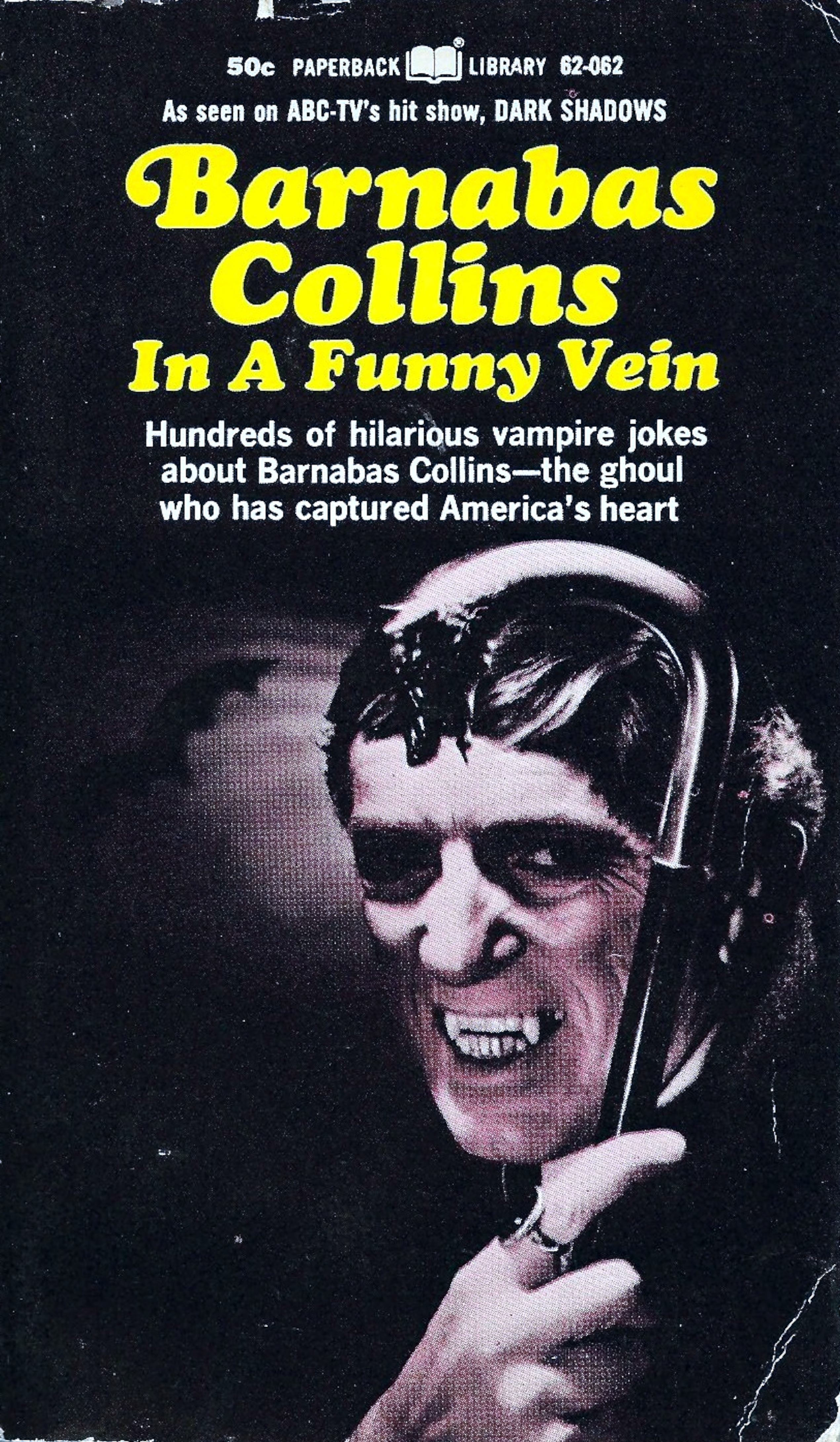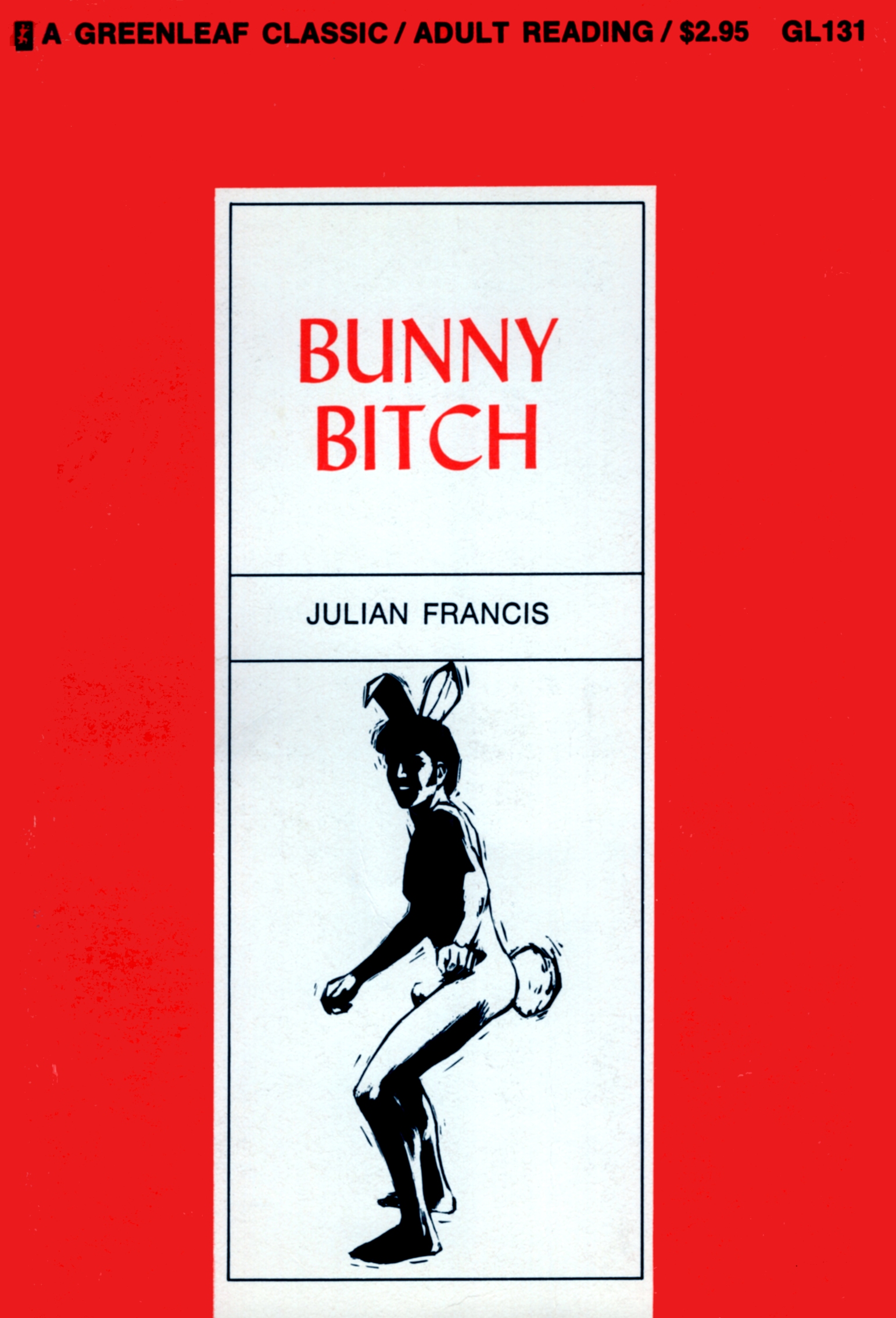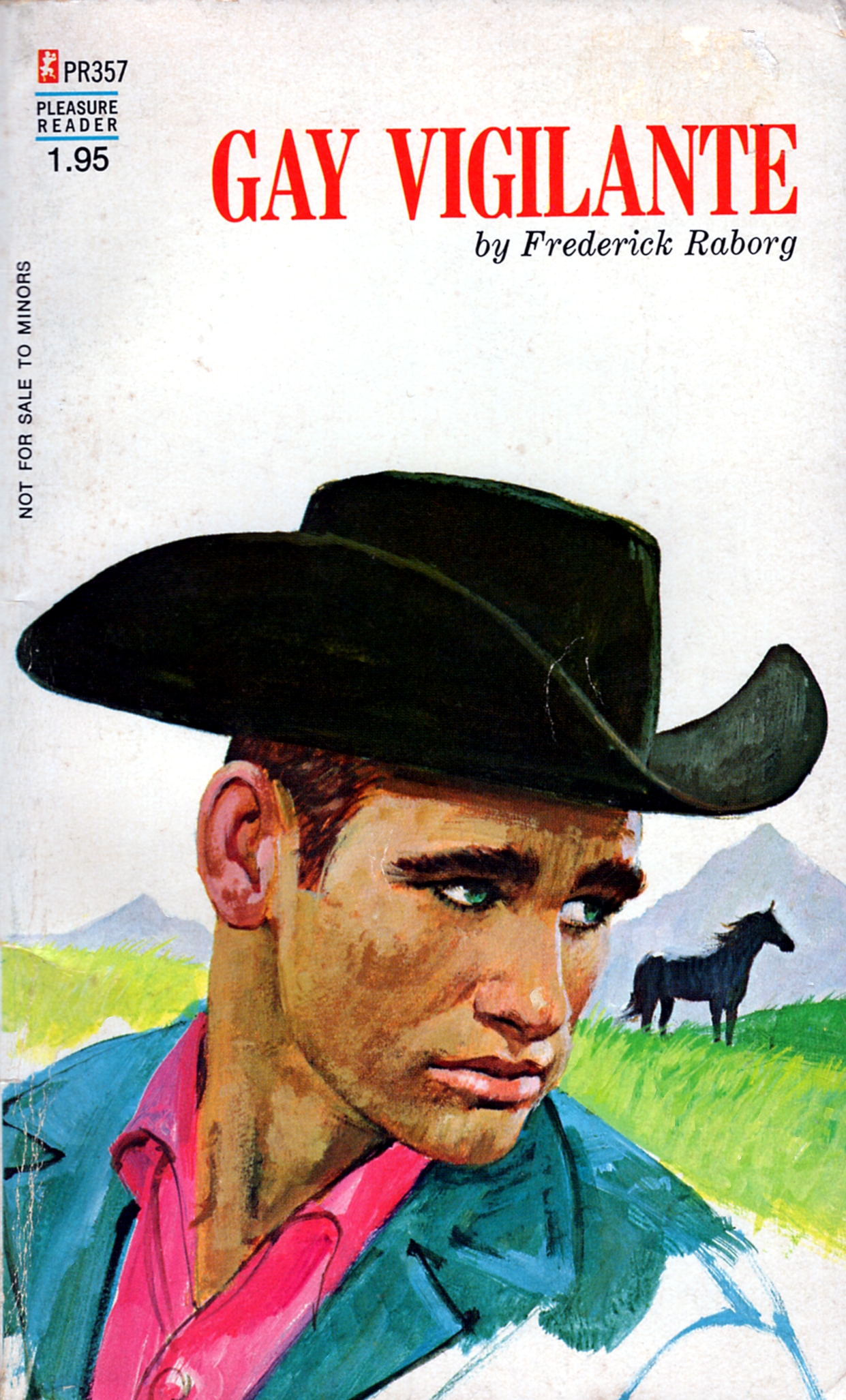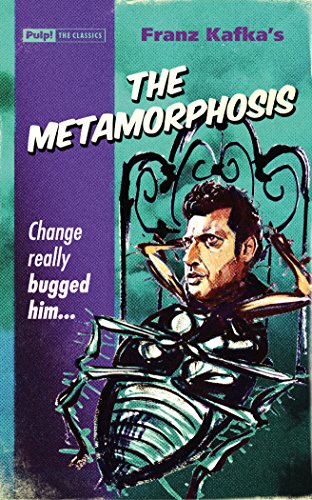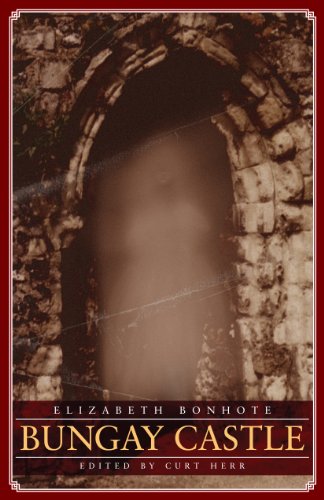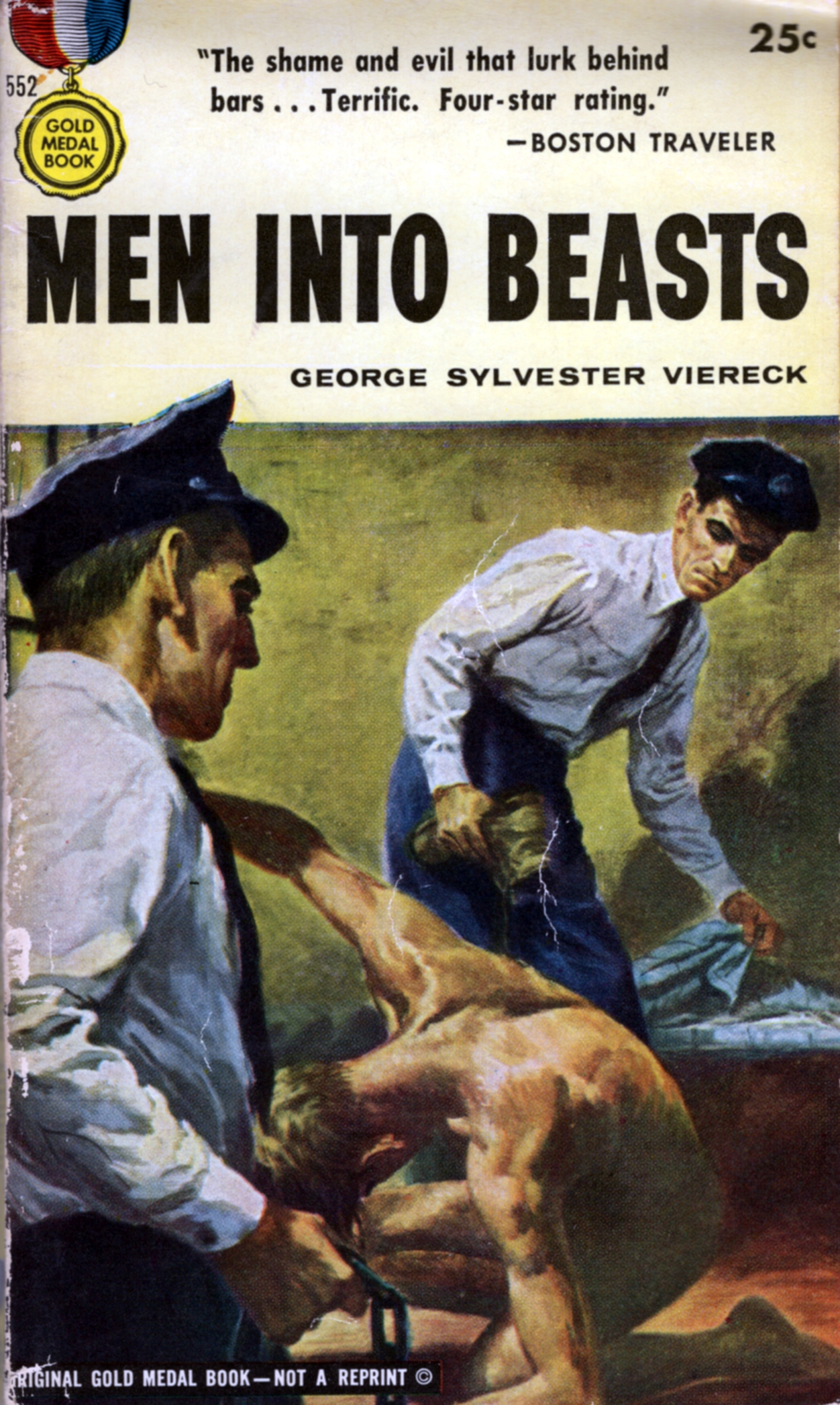
A fascinating memoir of the American prison system in the 1940s, amid peak WWII fervor. Extremely problematic given its author, but well-composed and surprisingly gripping. The “story” spans the 4.5 years that Viereck was imprisoned and examines everything from the court system to wormy food to prison politics to character studies of murderers and thieves. The most shocking details—at least for its 1952 audience—involve semi-explicit accounts of “situational homosexuality.” Or, in other words, when “straight” men bang each other because there’s no women around.
Read more “George Sylvester Viereck – Men Into Beasts (1952)”
